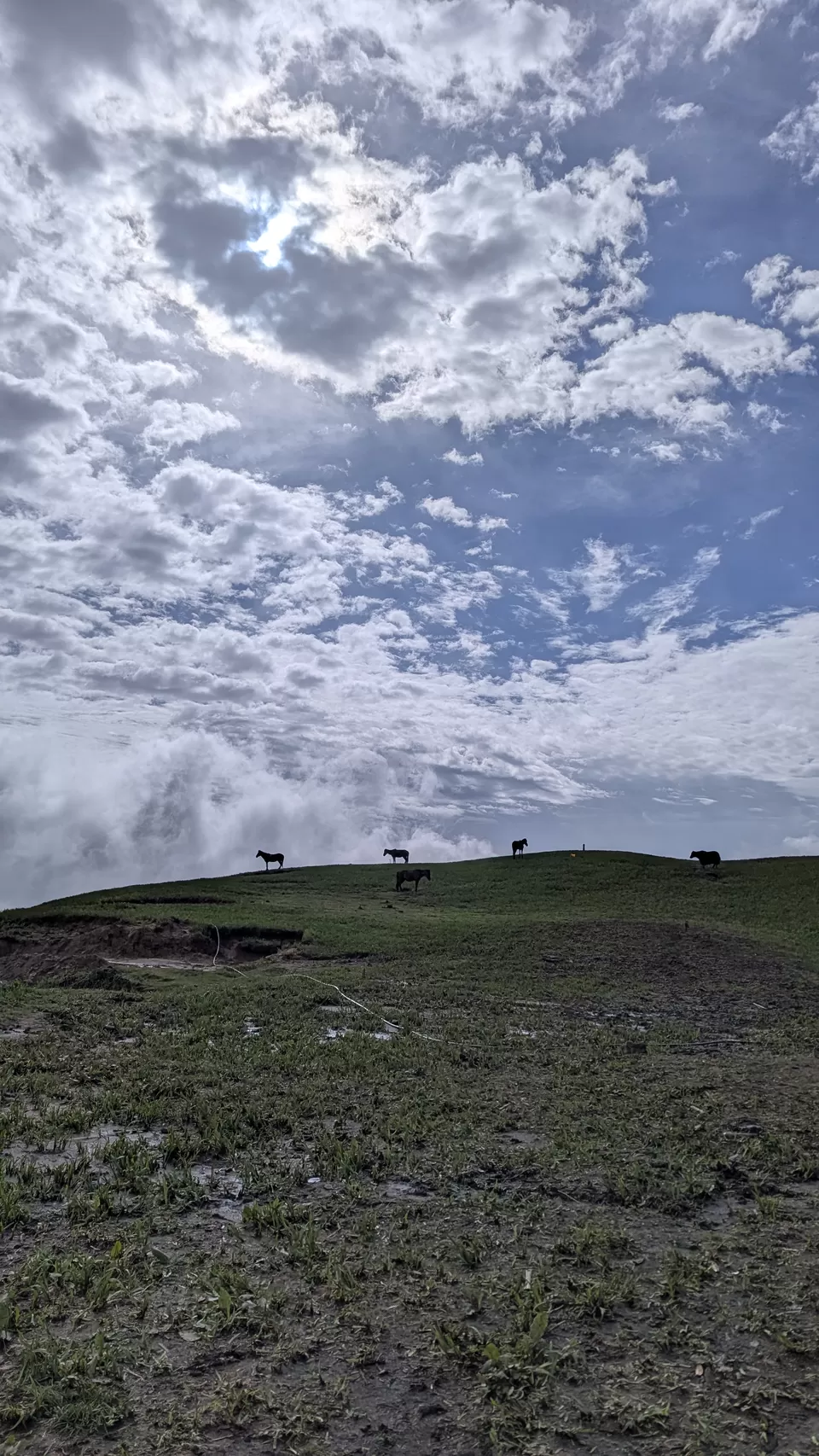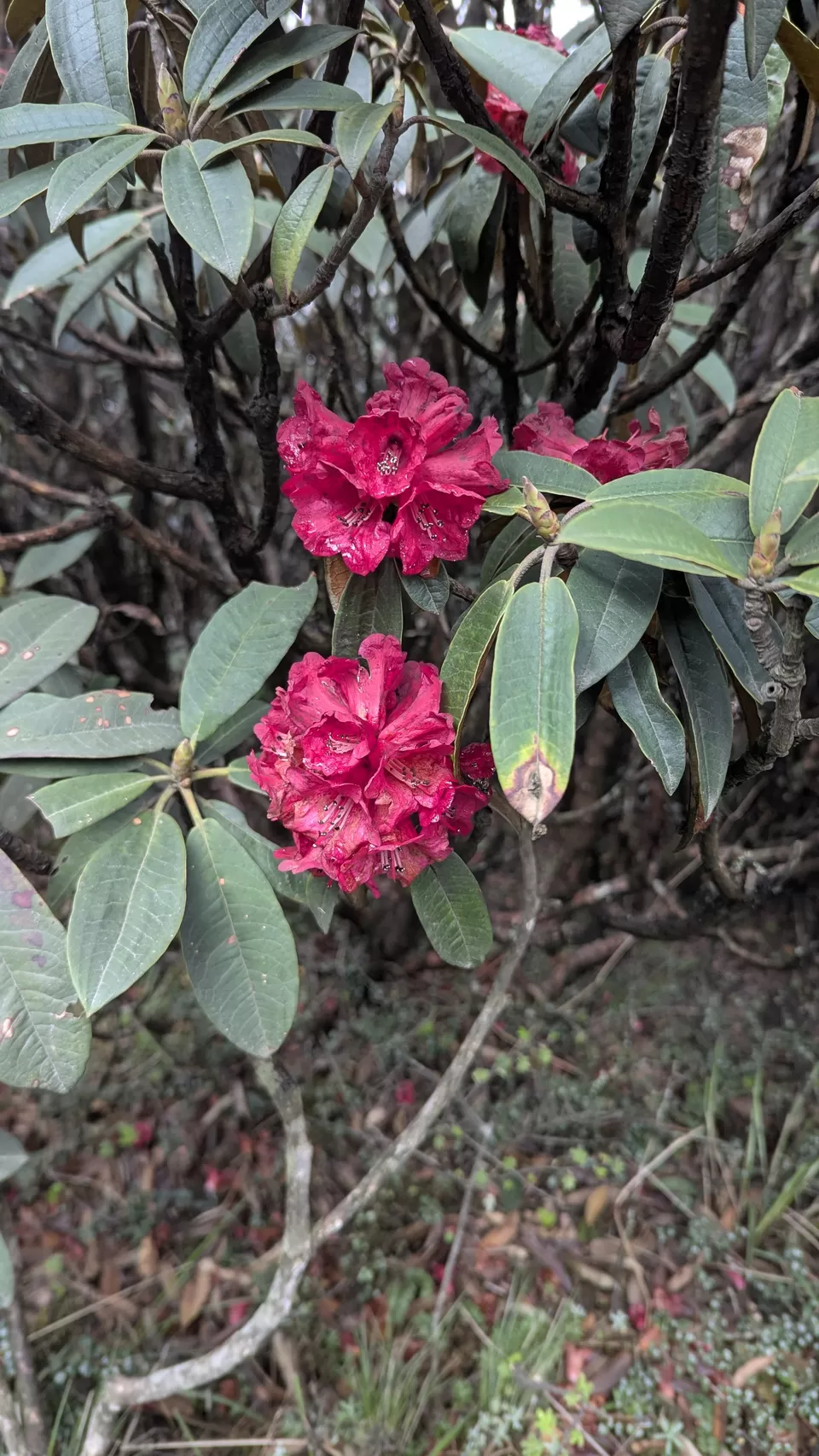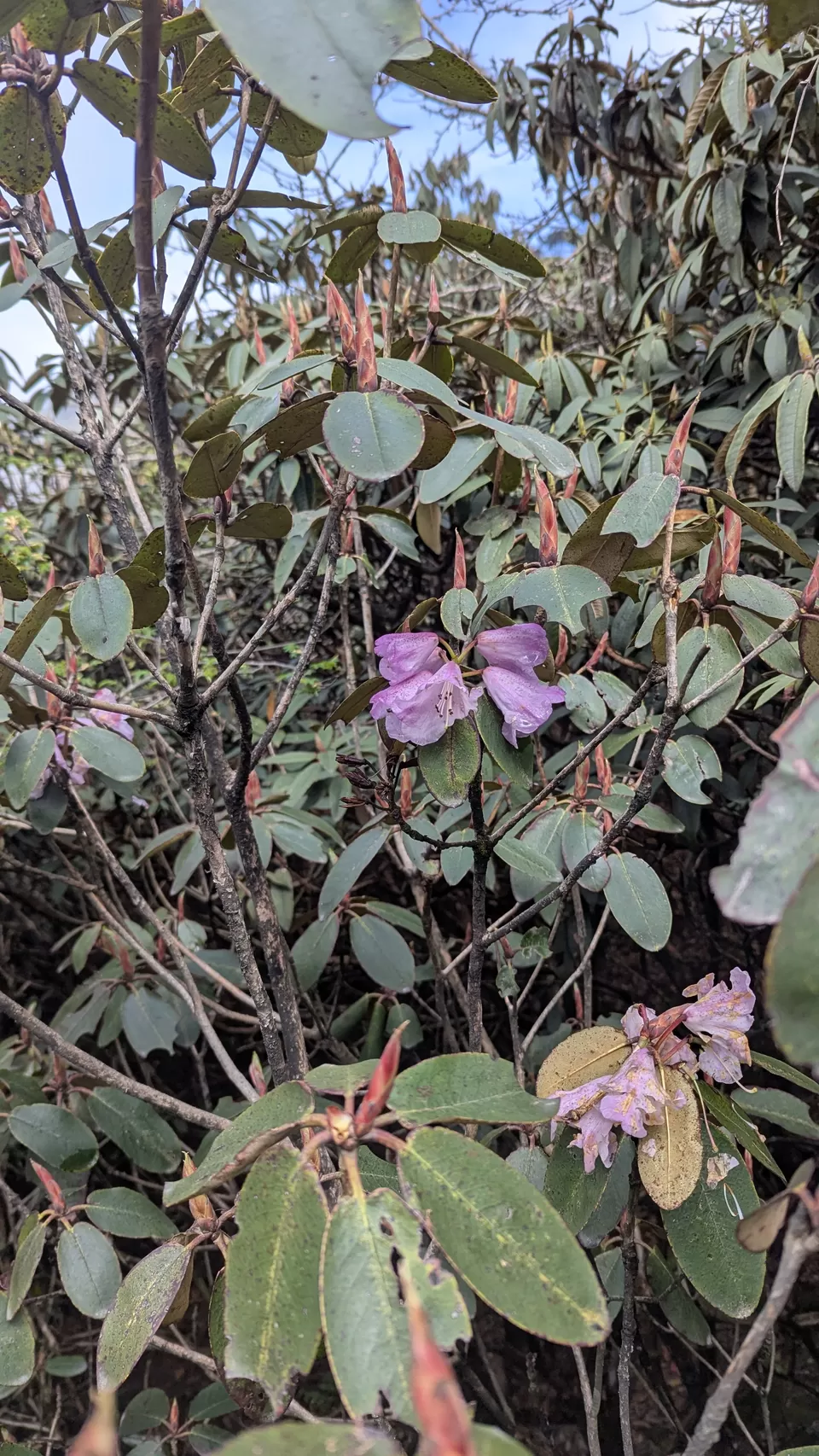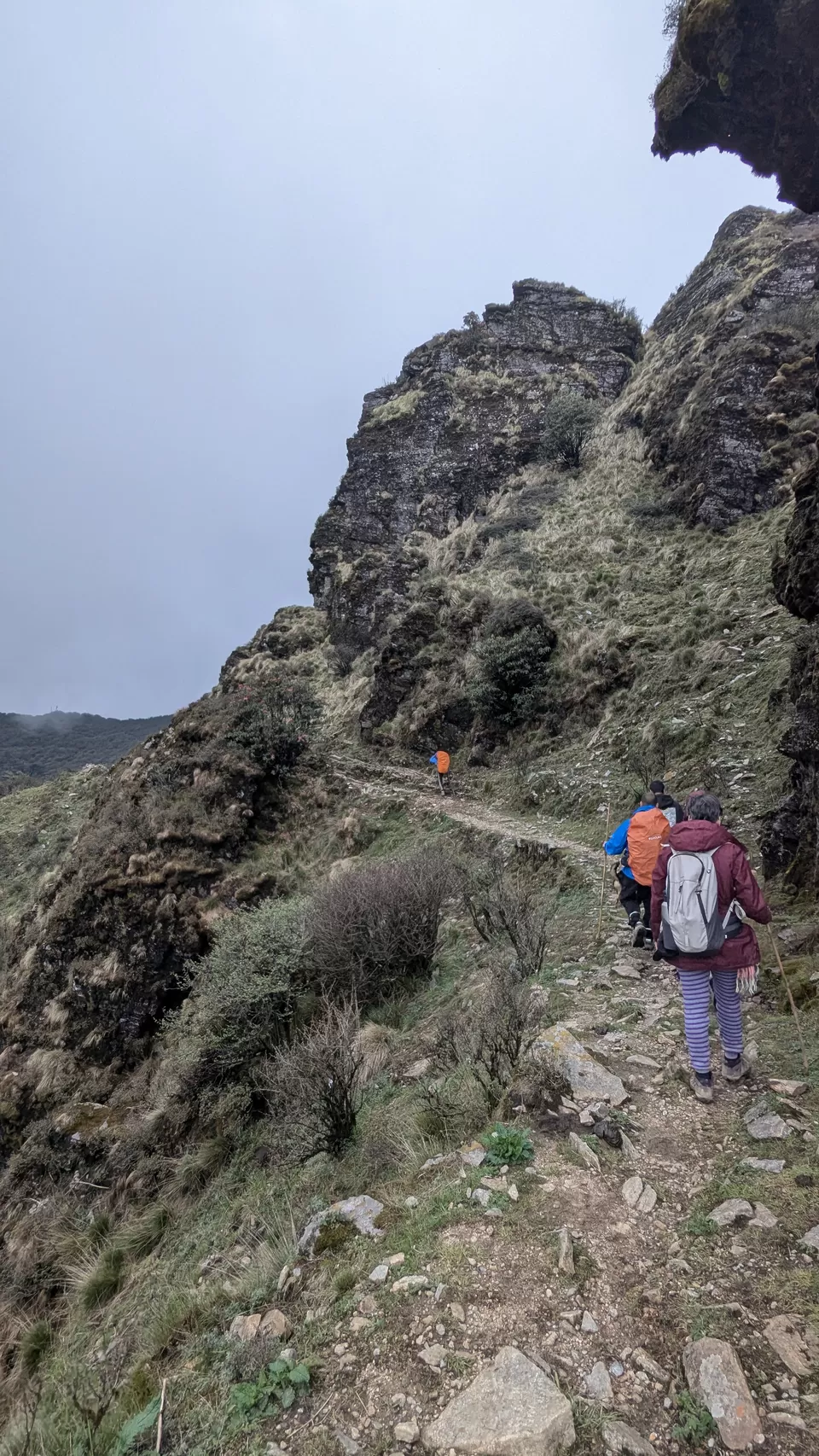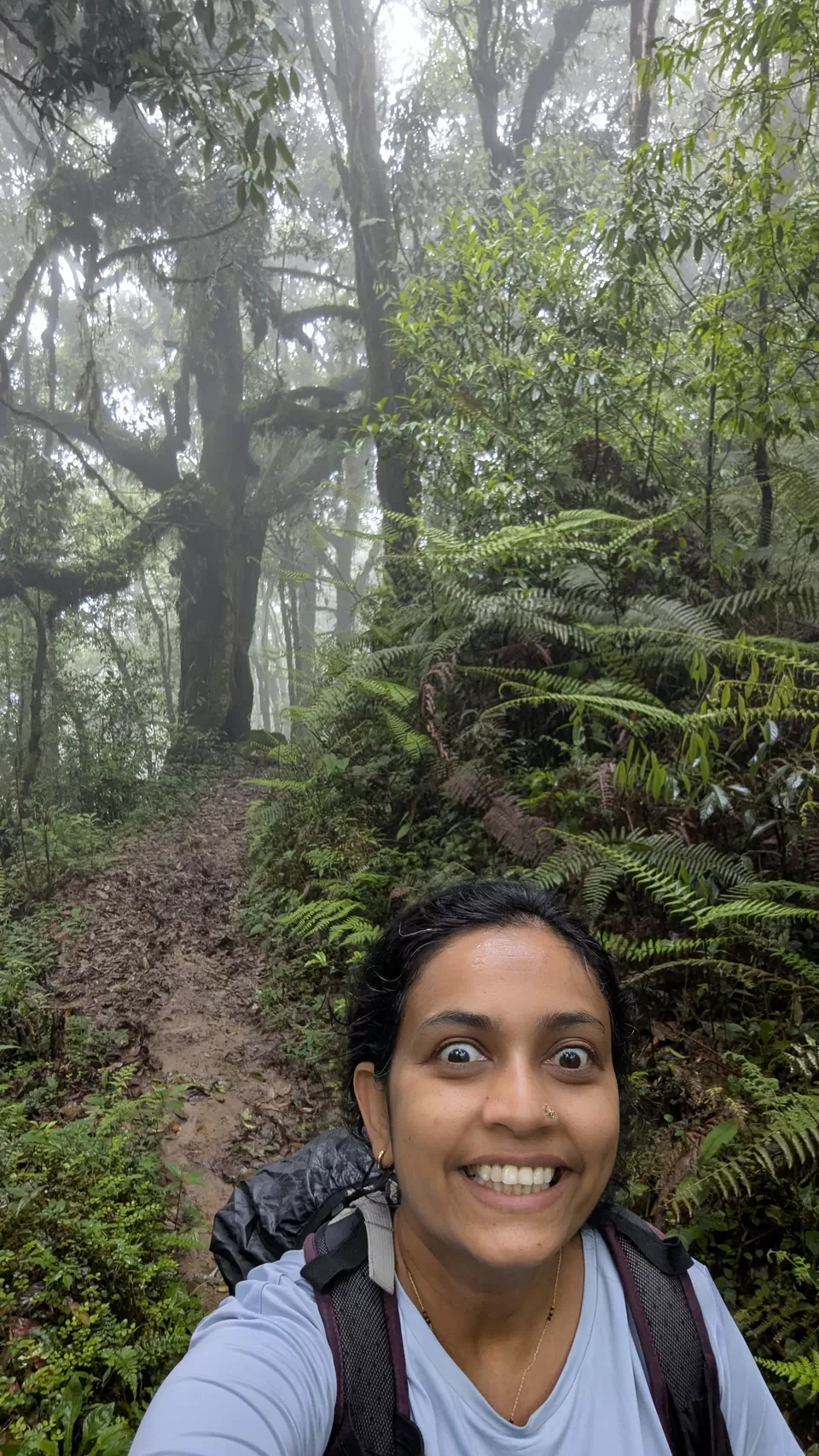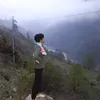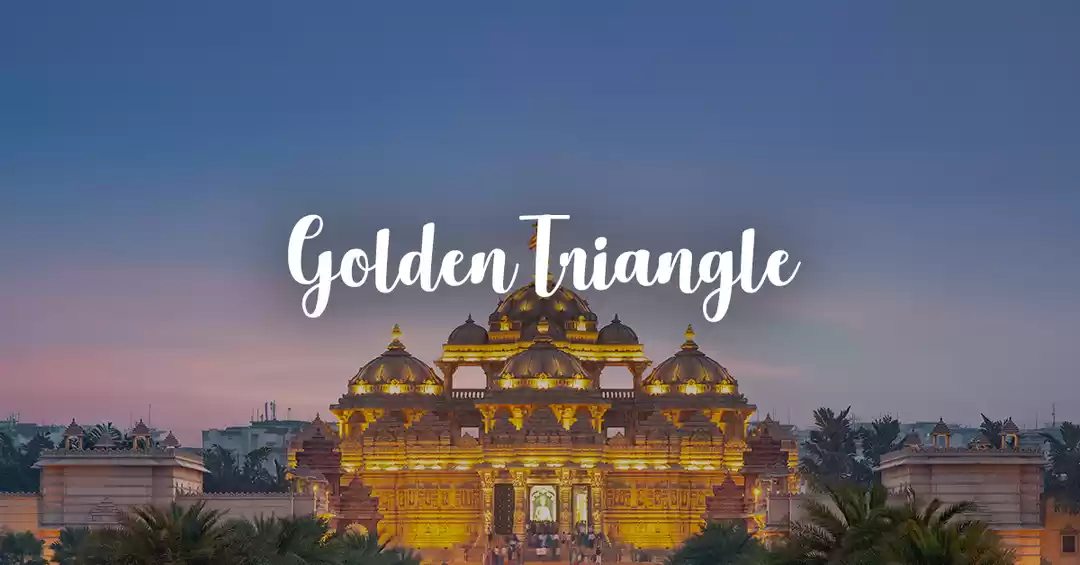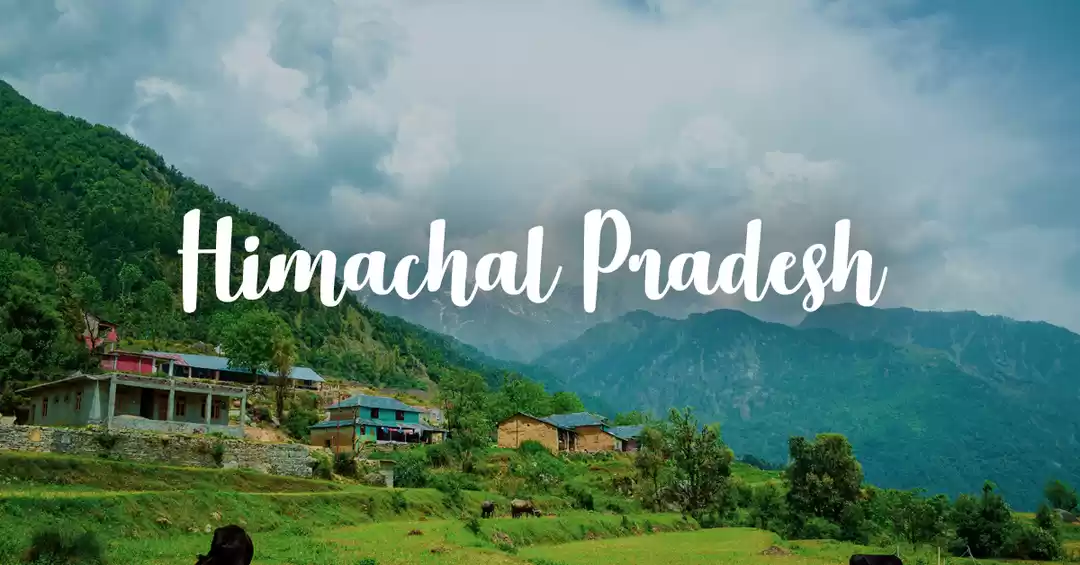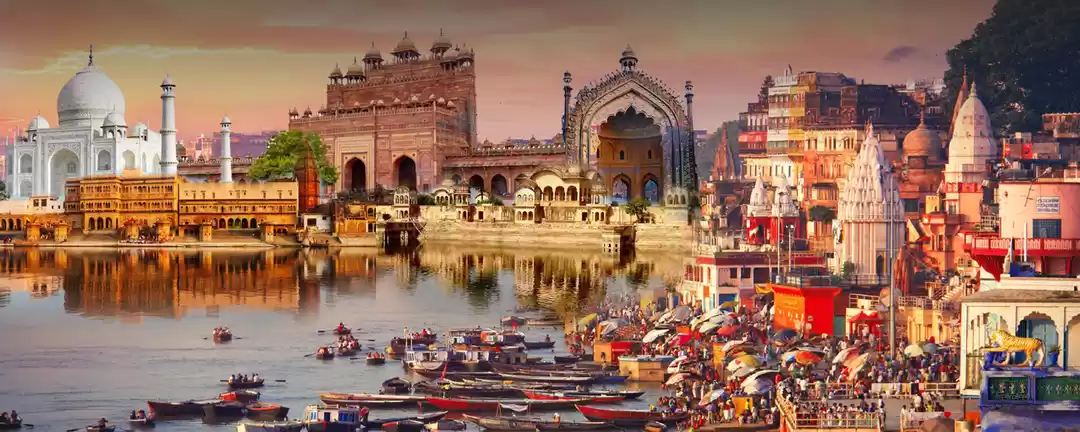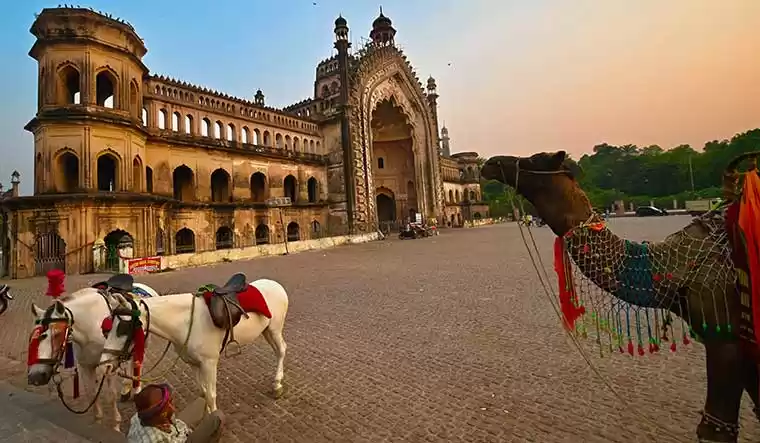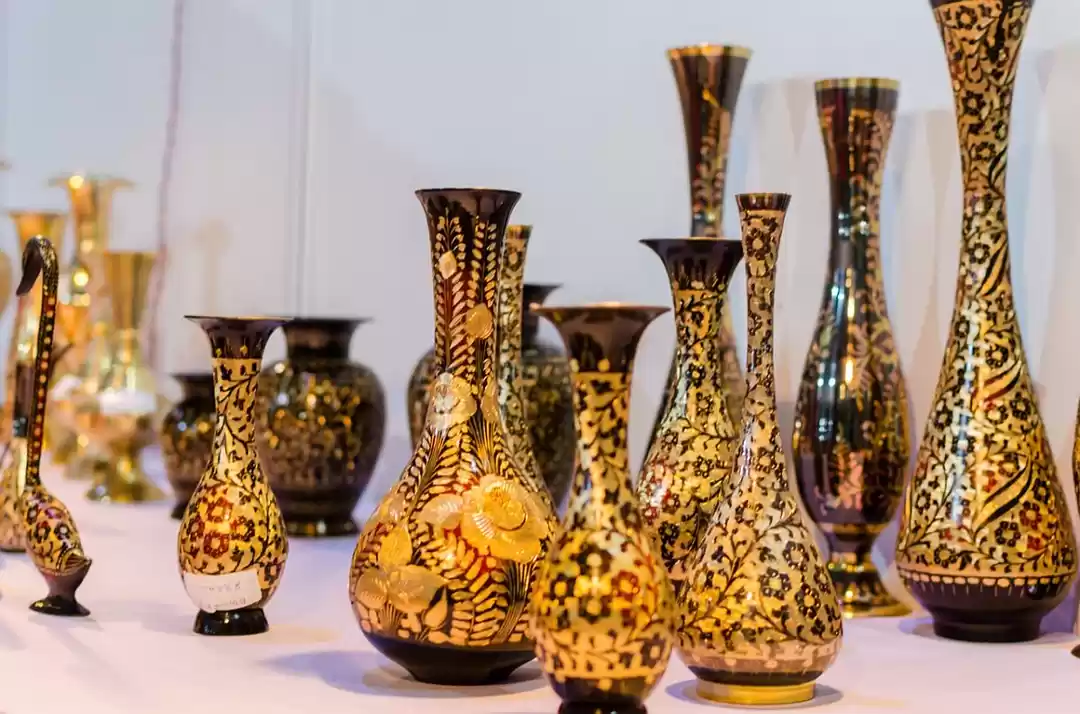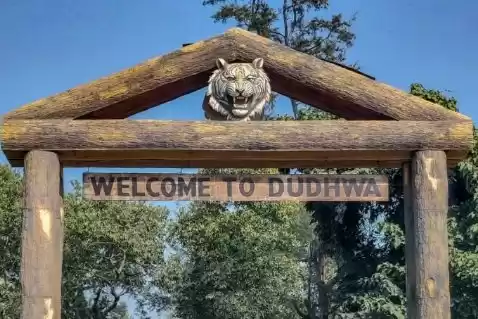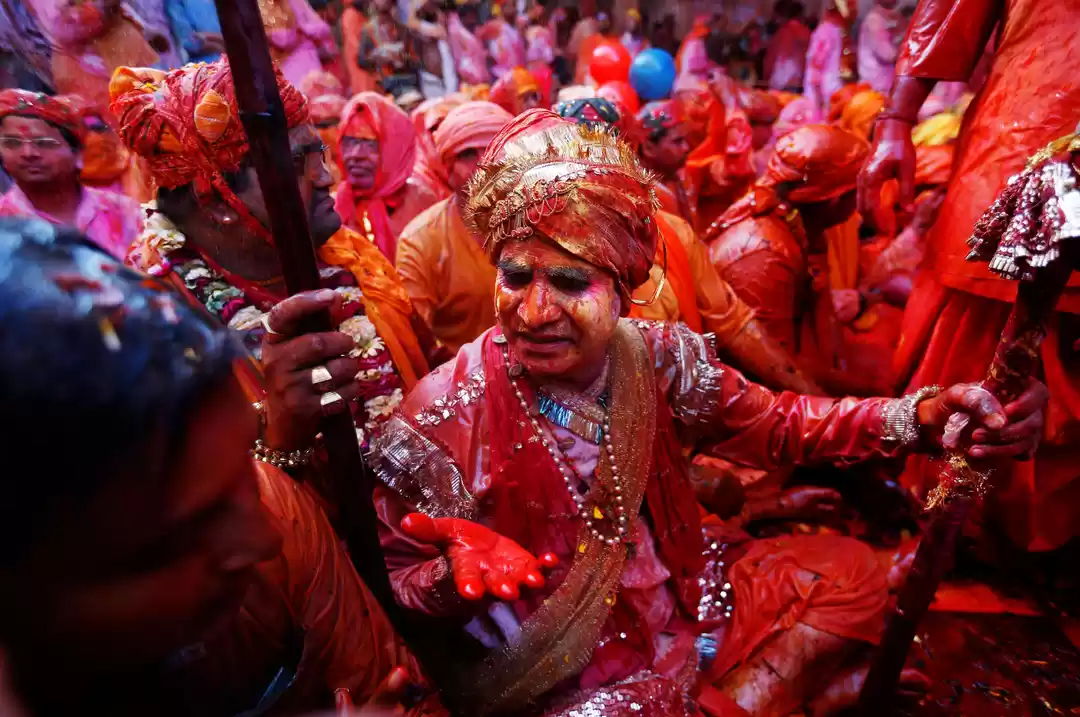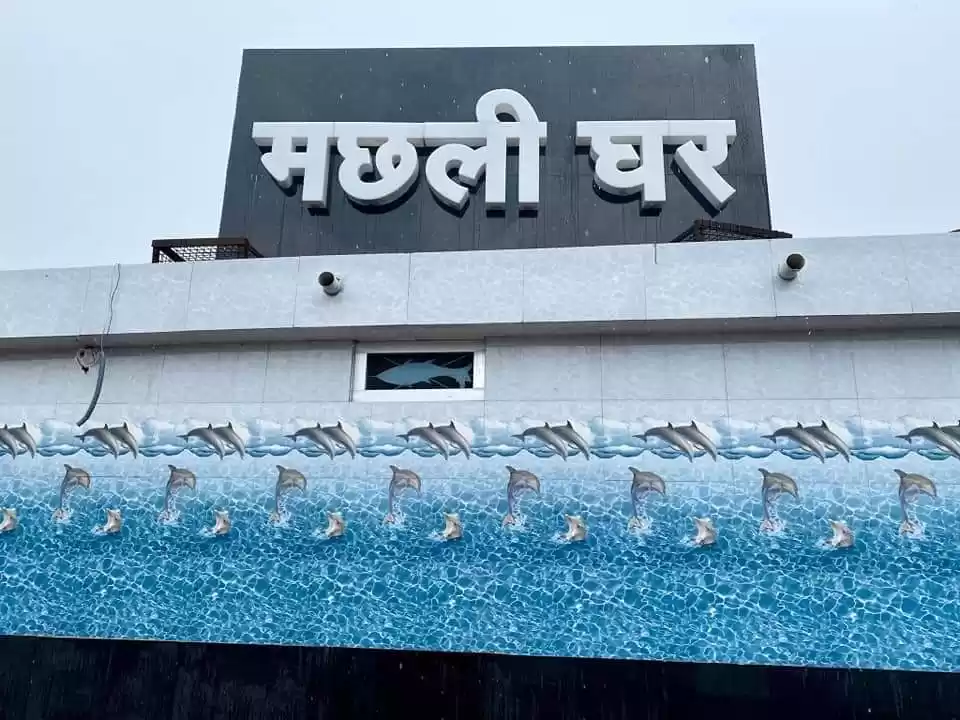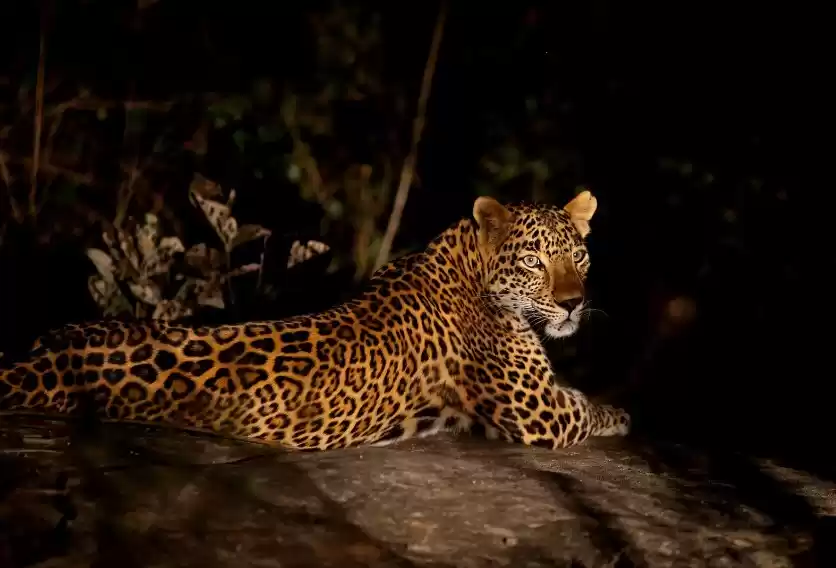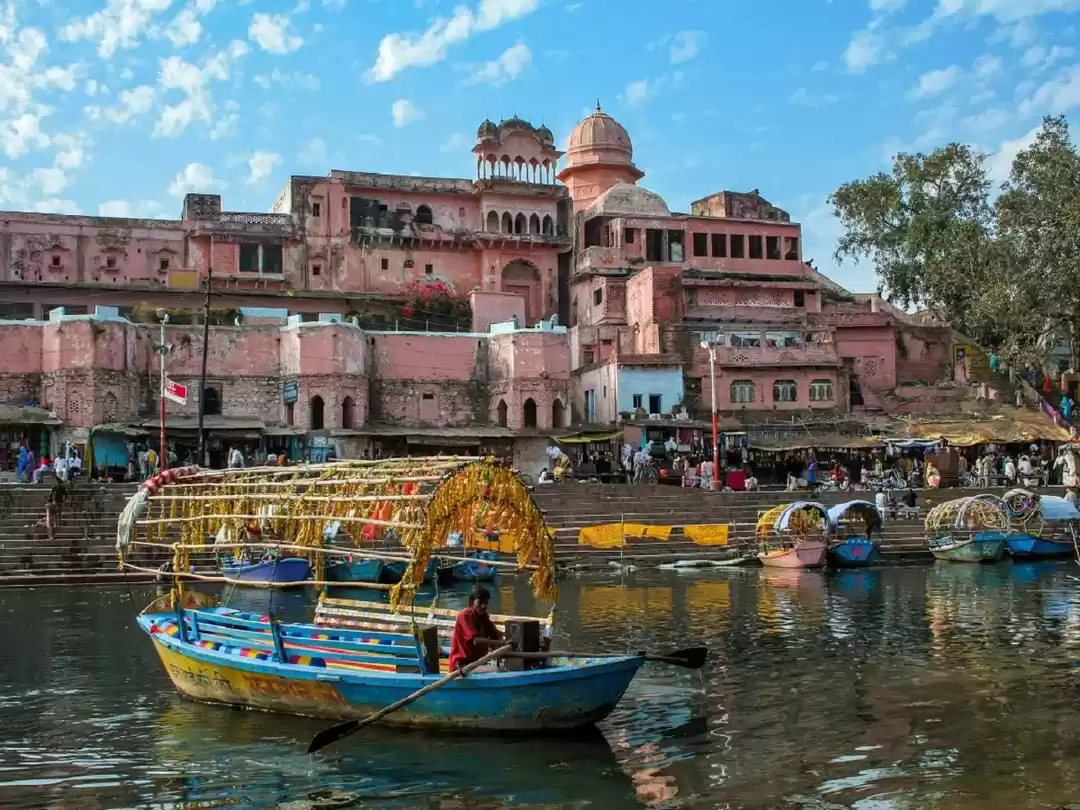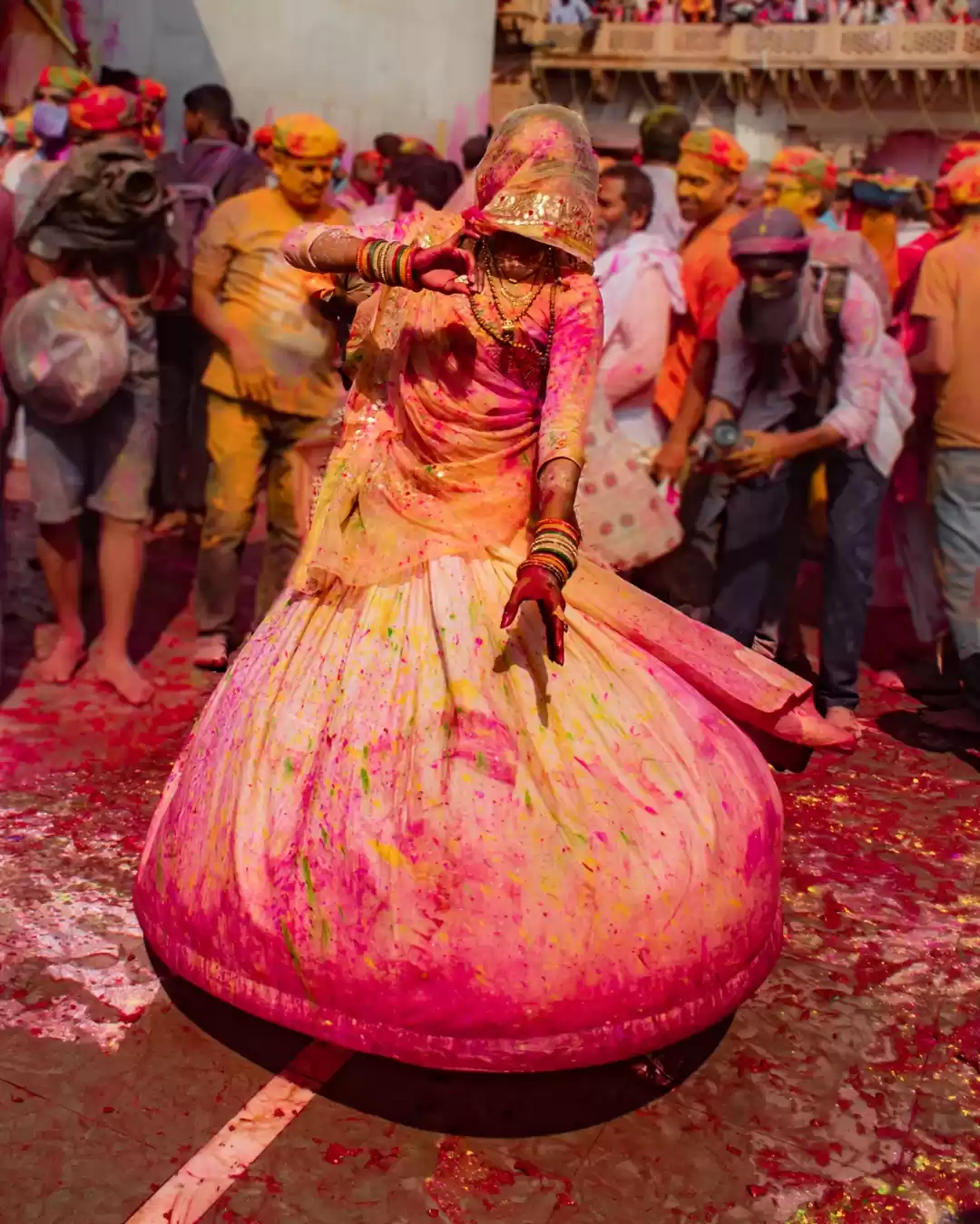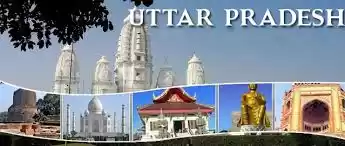We began the Phoktheydara–Singalila Top trek on the 18th of May. From the very first day, it rained continuously. Instead of hiking up to our first campsite, Achalley, we decided to stay back at a homestay at the base village to wait out the rain. We planned to cover the first day’s distance along with the second day’s hike, about 12 kms.
On the second day, we started our hike at 7:30 a.m., aiming to cover about 12 kilometers to reach Dhaap, our next campsite. The weather was far from ideal—drizzling rain, dense fog, and a slight wind that was softened by the protective canopy of the forest. The forest itself was breathtaking, full of ferns, rhododendrons, and towering coniferous trees.
We reached Dhaap at 2:30 p.m., hoping for some views, but the fog and mist obscured everything. As soon as we arrived, the rain began again. The campsite was beautiful, surrounded by small streams, but the cold settled in. We camped there for the night, planning to hike 14 to 15 kilometers the next day to Phalut. Knowing it would be a long trek, we carried lunch, tea and snacks with us.We made sure that we got a good night's rest before the long day.
The following morning, we set off at 8:30 a.m., hiking through dense rhododendron forests all the way up to Kalijar, which is at an altitude of 11,800ft. Though we had planned to camp at Kalijar, the persistent bad weather forced us to push forward to Phalut. Kalijar is popular for the 360degree views of the Sleeping Buddha and other big peaks but we were not lucky to see anything from there. It was a tough day. We hoped for clear skies, and at one point, the sun broke through, filling us with hope of finally seeing Sleeping Buddha and the towering peaks. But as soon as we began climbing the Singalila ridge, the fog returned with a vengeance—whiteouts and zero visibility made it impossible to see anything. The wind at Singalila Top was so fierce it nearly stopped us in our tracks. When we finally reached the summit, there were no views to be had. We took a few pictures and began our descent. When I think about it now, I feel that the walk to the top would have been so beautiful if the weather had been good. We would have had crystal clear views of the white peaks.
On the way down, the weather held up until Torifoole, where it was tolerable enough to stop for lunch. But as we climbed towards Phalut again, the fog and whiteout returned. Visibility dropped to zero, and at one point, we lost the trail. As there were multiple trails, we couldn’t recognize the actual one because of the poor visibility. The guide and I made the group wait at a safe point and set out to find the right trail and Luckily, we found a yak hut where a kind person guided us safely to Phalut. Forever grateful to that man.
We arrived at Phalut at 6:30 p.m., utterly exhausted. Our energy was gone, and we were out of water. It was extremely difficult for the group, as most of them were first-timers. A few of them had tears — not because of exhaustion, but because they were happy to have covered that distance on their very first trek. The strong winds at Phalut made camping outside impossible, but we were fortunate to find shelter in a hut. Inside, a warm fire welcomed us, reviving our spirits. We gathered around the fire, shared stories from the day, and some of us even shed tears—not just from exhaustion but from the sense of accomplishment after hiking 14 to 15 kilometers in such challenging conditions.
A hot cup of tea and a bowl of Wai Wai noodles restored our energy. After some conversation and an early dinner, we went to bed. Outside, the winds howled through the night, but I held onto one hope—that the morning would bring clearer weather so we could see the majestic peaks: Sleeping Buddha, Everest, Makalu, and Lhotse.
At 5:30 a.m., we woke to a sky that wasn’t completely clear but offered a glimpse of Sleeping Buddha. More importantly, we caught sight of Everest, Lhotse, and Makalu. We stood outside, soaking in the breathtaking views, even if only for a few minutes. We clicked pictures, recorded videos, and offered prayers to the mountain gods for our safe journey back.
With hearts full, we began our descent to Gorkhey.
This trek taught me an invaluable lesson: no matter what challenges come your way, always be prepared for the worst. Preparation is the key to staying safe and sound in the mountains. I hope to return soon with more stories to share.
